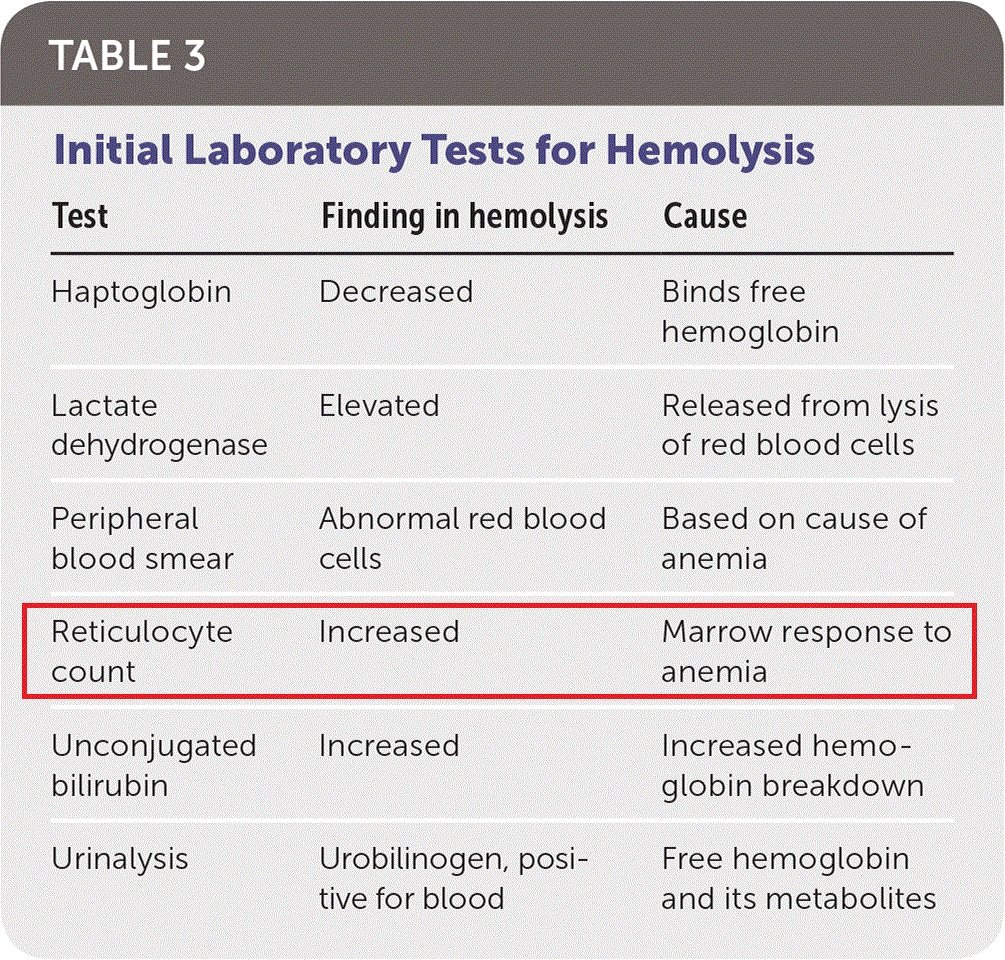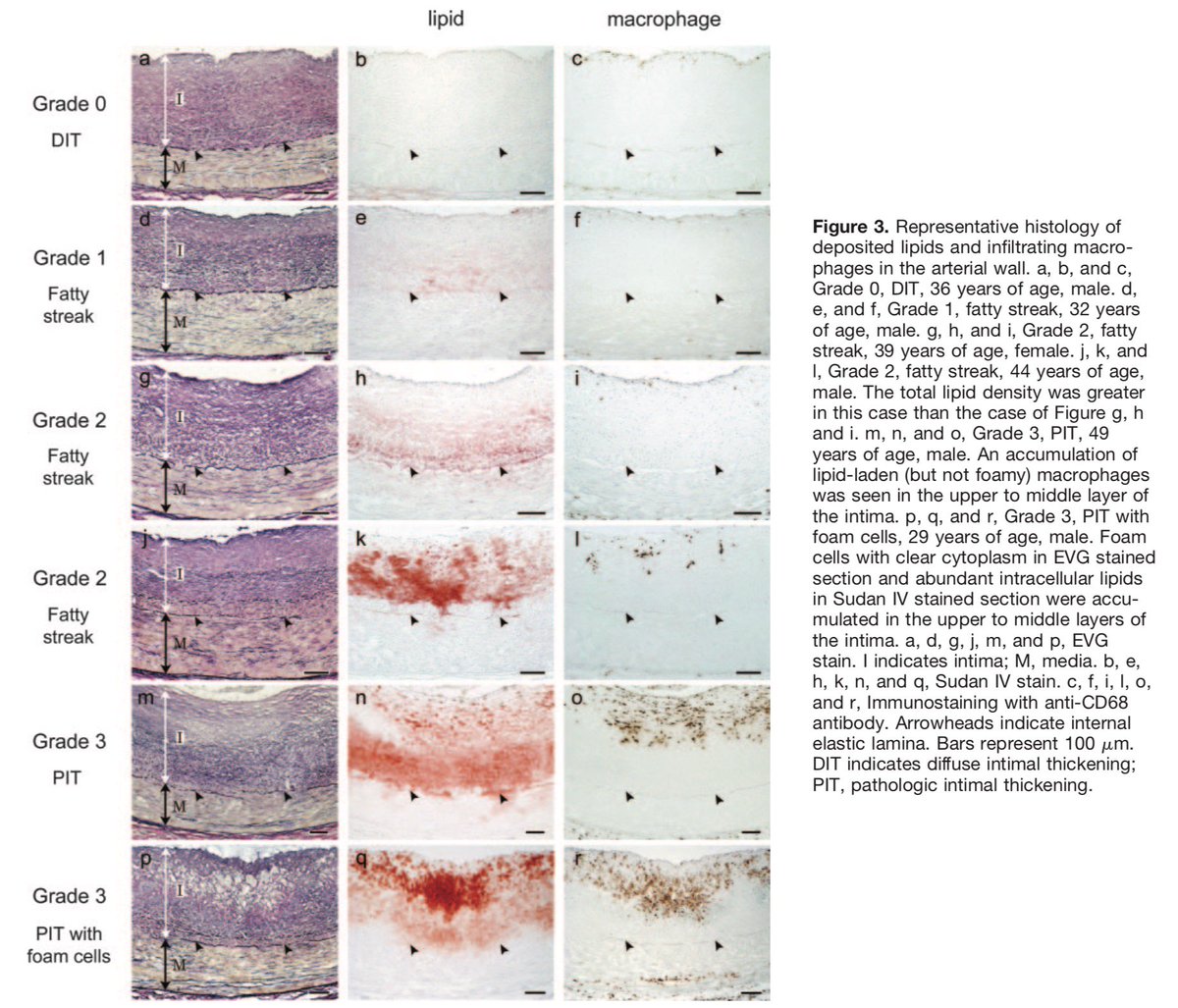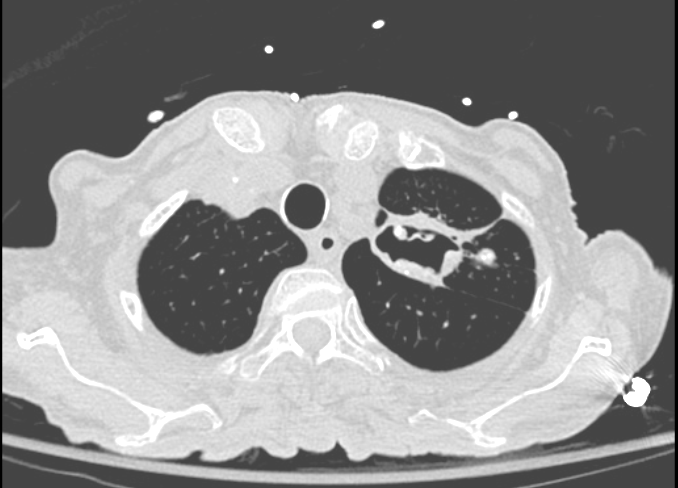So, why is basically everyone in the hospital anemic?
1/
Well - in a healthy RBC, approximately 1/3 of its space is a hemoglobin molecule!
So, imagine each RBC as just a Hgb molecule wearing a coat! The Hgb is 1/3 of the space, the coat 2/3s!
3/
Naked Hgb x 3 = a dressed in coat Hgb = a RBC!
This means if we know what our Hgb is, and we dress up all of our Hgb, we have RBCs and know how much space they’re taking! How much space the RBCs are taking is....the hematocrit!
This is why Hgb x 3 ~= Hct!
4/
If the coat is bigger, then our Hgb x3 “estimate” is too low since it should be Hgb x4 or x5 because the coat is larger!
Lucky for us, our lab can literally see that the RBCs are taking more space.
5/
Because our “coat” is very big, the RBC is big....aka the MCV (mean “coat” volume 😉) is big....aka macrocytosis!
So, if our Hgb x3 is < Hct, we can suspect macrocytosis!
6/
Tiny coat, tiny RBCs, Hgb x 3 > Hct = suspect MICROcytosis!
7/
Well, just like with our Hgb coat size, if the other stuff in our sample changes, the space our RBCs take up relative to the sample also changes!
8/
With our arteriole vasoCONSTRICTION, our oncotic (protein) pressure pulling fluid INTO vessels doesn’t change, the proteins are all hanging out still in the arterioles and venules.
10/
Well, the arteriole constricts, preventing as much blood from flowing to to the venule, which means, the venules “see” a LOWER hydrostatic pressure!
11/
Vasoconstriction at the arteriole causes the venules to pull in more fluid.
12/
13/
Vasoconstriction at the arteriole causes decreased DOWNSTREAM hydrostatic pressure & the body compensates @ the venule and pulls more fluid in!
14/
Now when your in significant pain patient has anemia, you can tell your staff it’s not because you think they’re bleeding! 🙌🏽
15/
- Hgb x 3 ~= RBC size ~= Hct
- Hgb x 3 >> Hct = small coat = suspect microcytosis
- Hgb x 3 << Hct = big coat = suspect macrocytosis
16/17
FIN.












